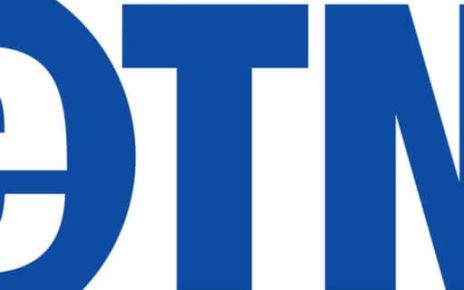More than 60% of US restaurants are facing staffing shortages with jobs waiting to be filled at a staggering 1.7 million.
The restaurant industry in America clocks in with a US$900 billion price tag value while having to increase pay and benefits. Add to that the National Restaurant Association reporting US restaurant and bar sales are projected to increase about 6% this year to nearly $1 trillion.
Despite the passage of 3 years since the COVID-19 pandemic first struck, the US food service industry is struggling to fill empty staff positions. Recently, staff shortages in restaurants are attributed to mass migration and relocation, causing establishments to struggle to fill vacancies, with the US Census Bureau recently reporting that 26 states experienced an influx of people in 2022, while 25 states saw a population outflow. This leaves customers waiting for service at their favorite dining spots and disrupts local economies.
Moreover, in 2022, 30 states, plus Washington, DC, increased their minimum wages. As of January 1, 2023, The District of Columbia has the highest minimum wage in the country, at $16.50 per hour, followed by Washington ($15.74), California ($15.50), and Massachusetts ($15).
How COVID May Have Created the Digital Restaurant Trend
“The restaurant industry continues to battle staff shortages and operational inefficiencies. Despite the hike in minimum wages, some front-of-house restaurant staff are worried that it will negatively affect the tips they depend on because of misinformation or a lack of understanding of how these increases work,” notes Brian Duncan, President of me&u USA. “Technology is the only way to boost restaurant revenue amid staff shortages and simultaneously elevate the customer experience. A well-integrated tech approach is key to overcoming challenges and ensuring satisfaction.”
According to a Deloitte report from 2021, 57% of customers prefer to use a digital app to order food for off-premises dining, while 64% of customers prefer to place their orders digitally at quick-service restaurants. 71% of diners say online and on-premise restaurant technology enhances their dining experiences.
A 2022 Popmenu study found that 51% of restaurant owners and operators intend to automate more online operations whereas 41% plan to automate more on-premise operations.
“Long waits outside a restaurant means frustrated customers, lower tips, and reduced revenue. Restaurant owners must discover ways to increase revenue and decrease other costs to account for higher wages. At-table ordering enables orders to reach the kitchen quickly and crowded lines are all but eliminated. It ultimately allows customers to order and pay at the table quickly, ensuring bigger checks and more tips for the servers,” concludes Duncan.
Register free for IMEX Frankfurt May 23-25 AND click here to schedule your FREE Photo / Video Interview with eTurboNews during IMEX




